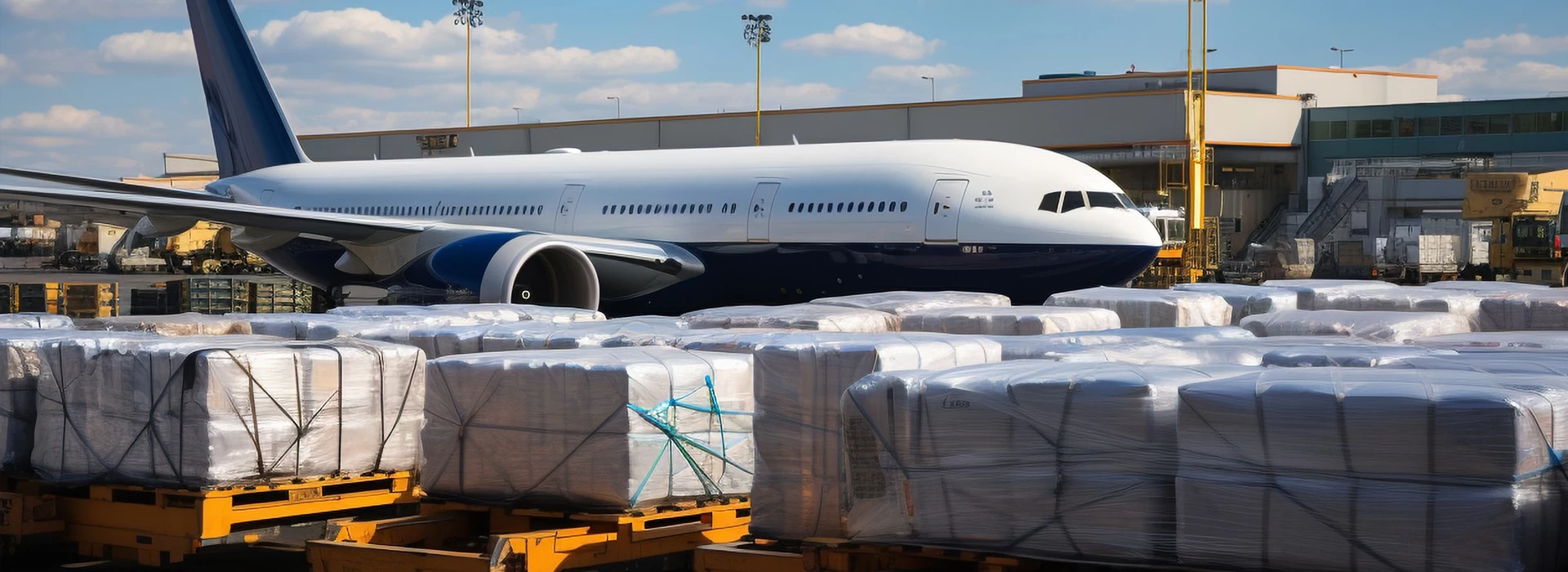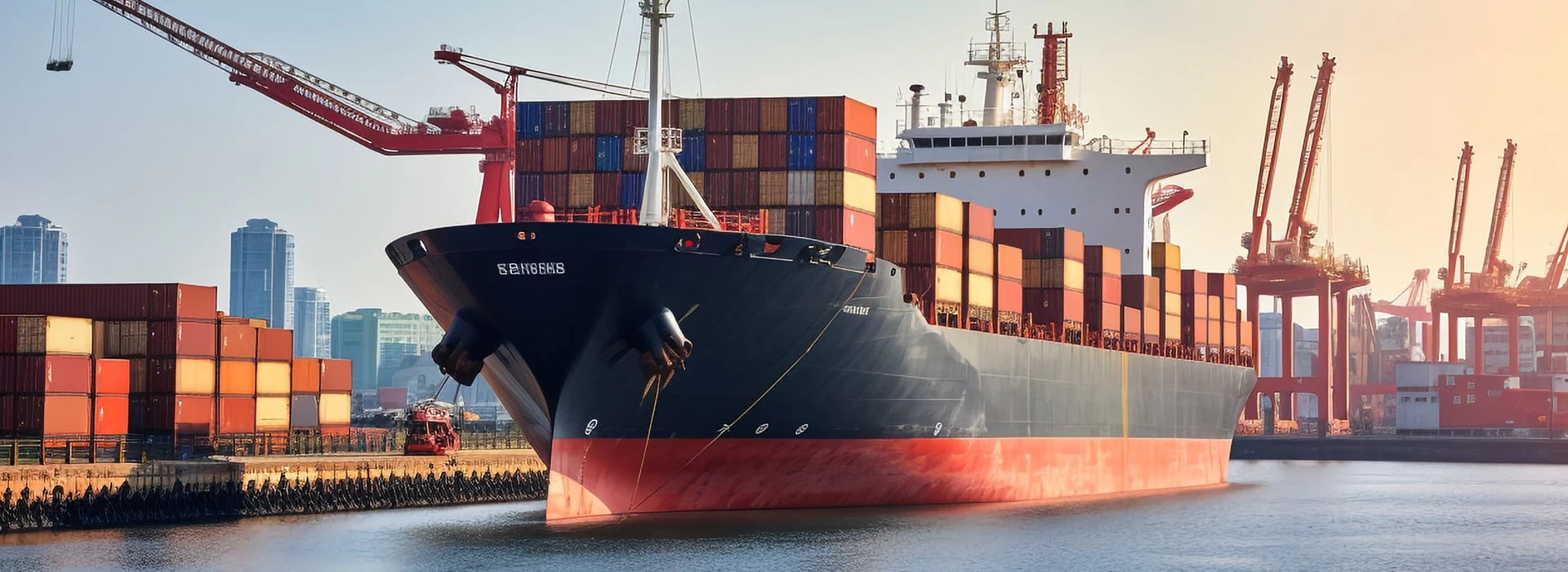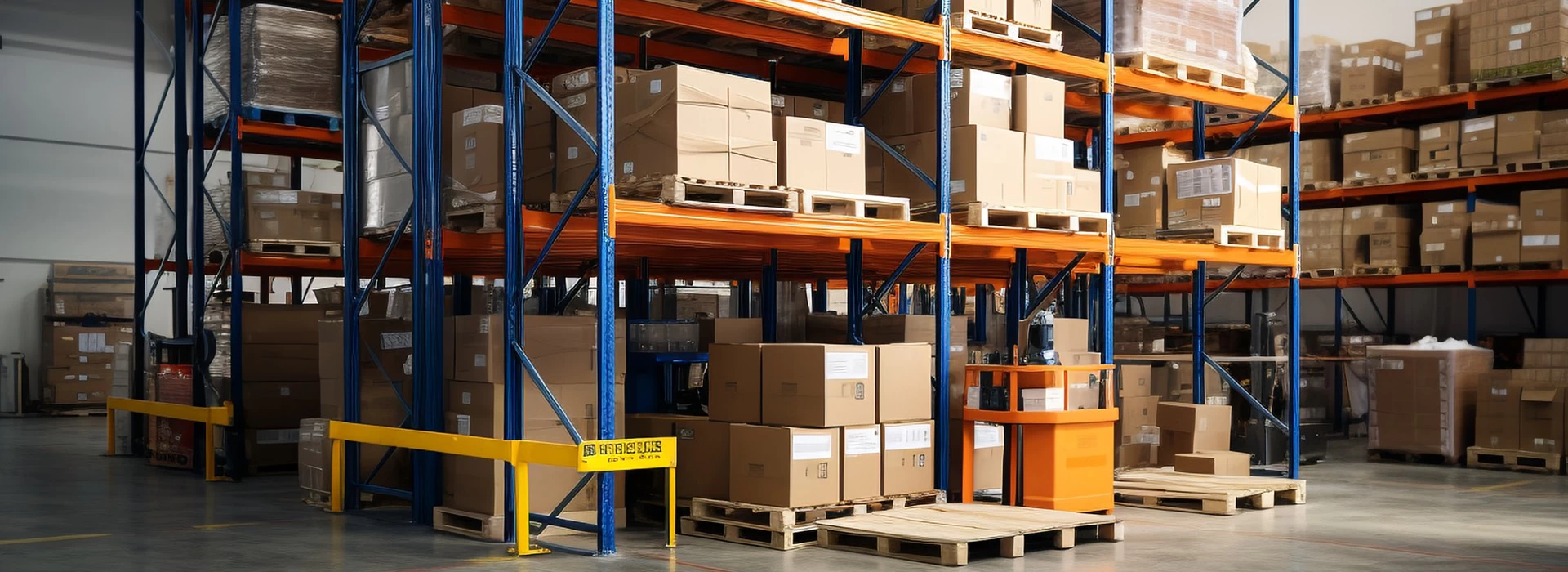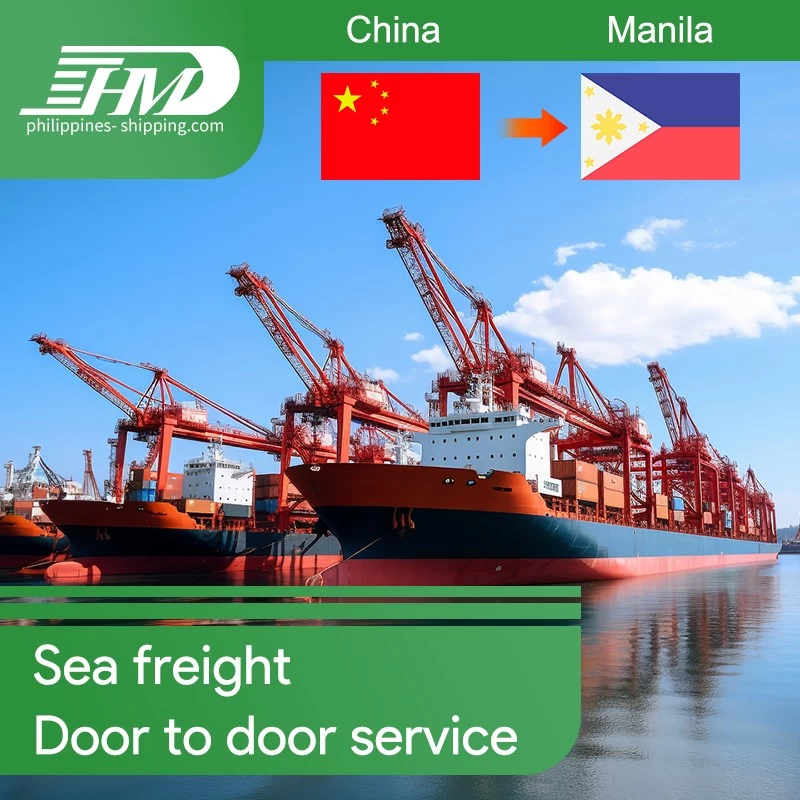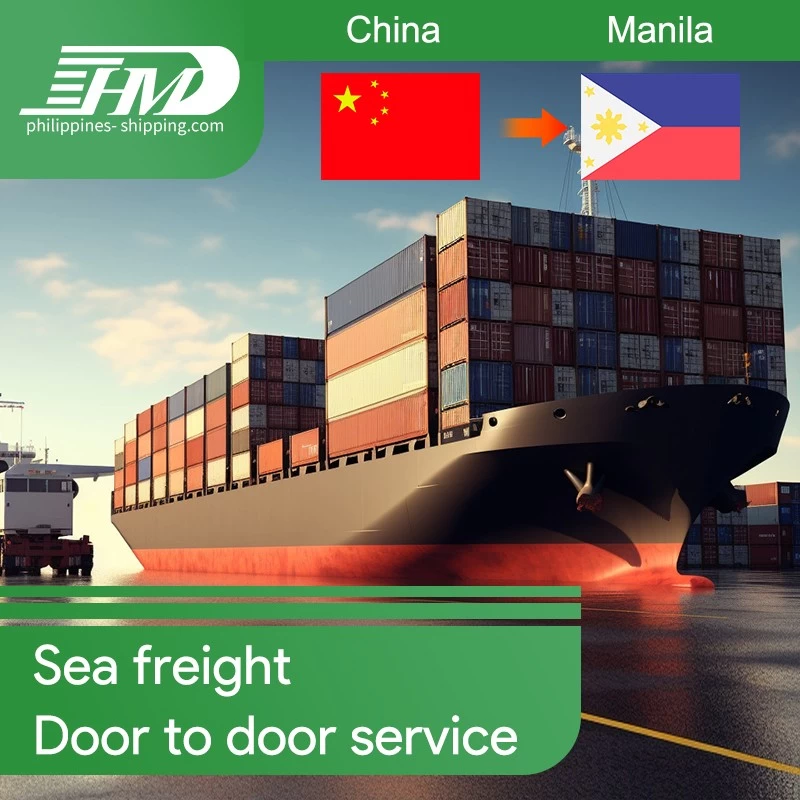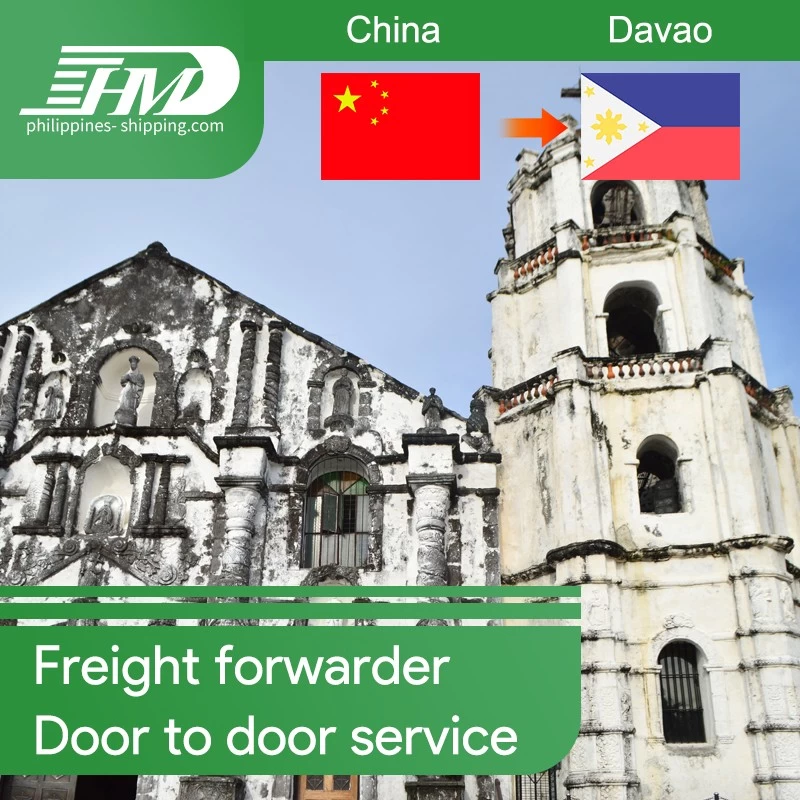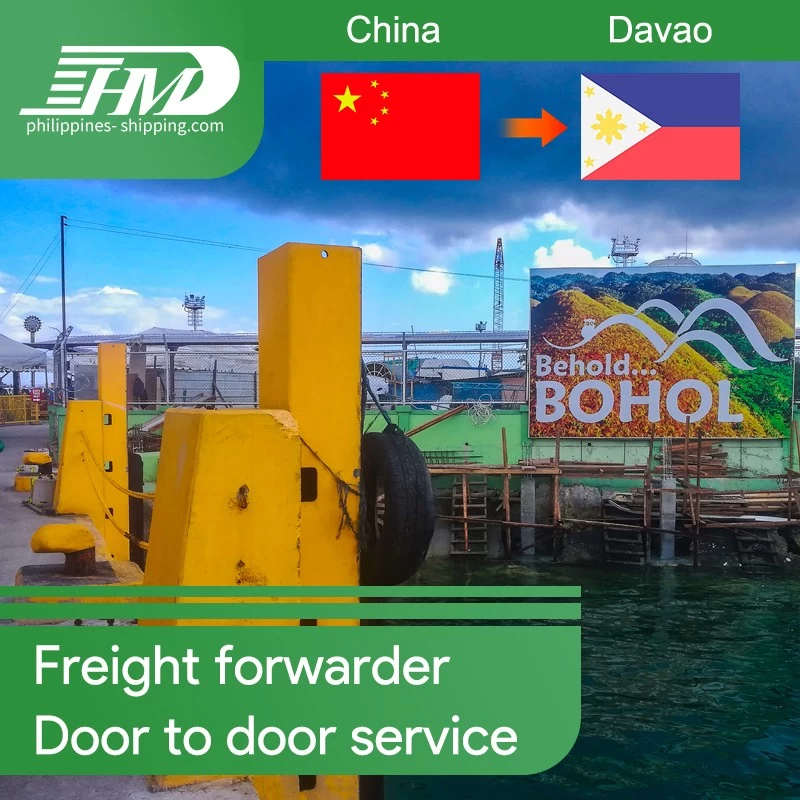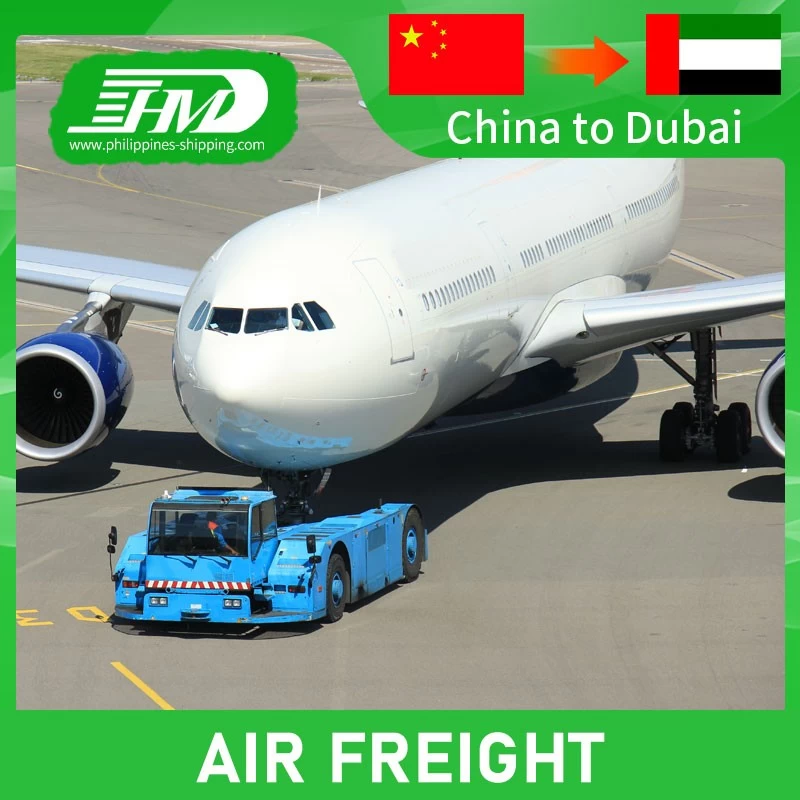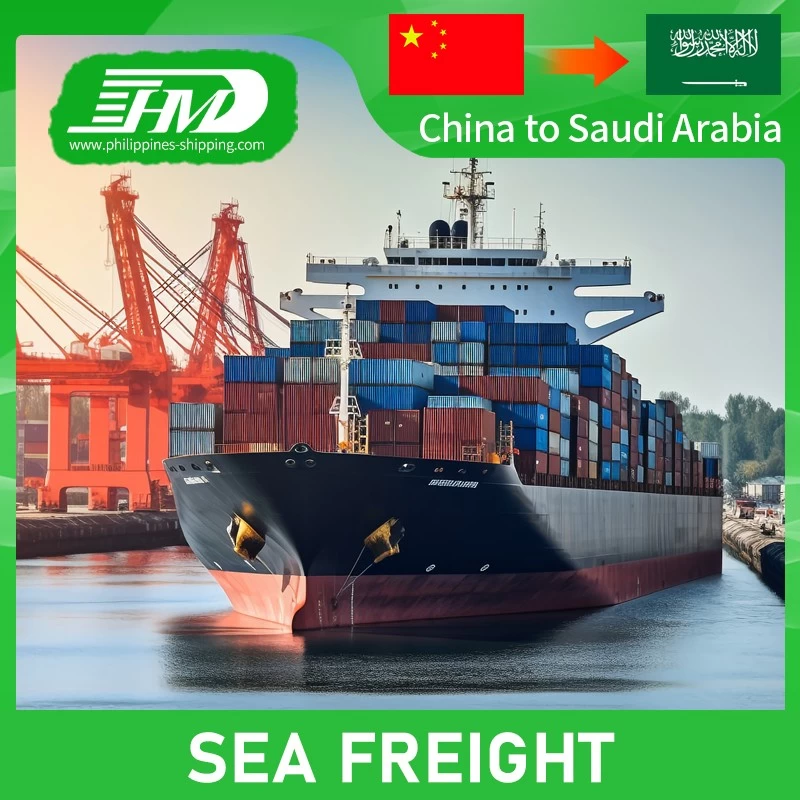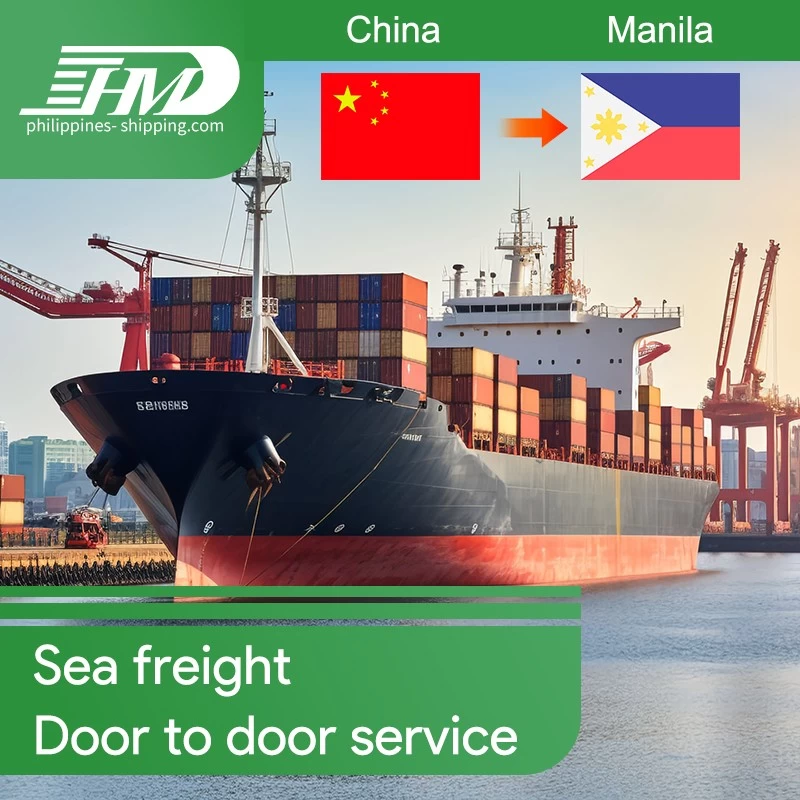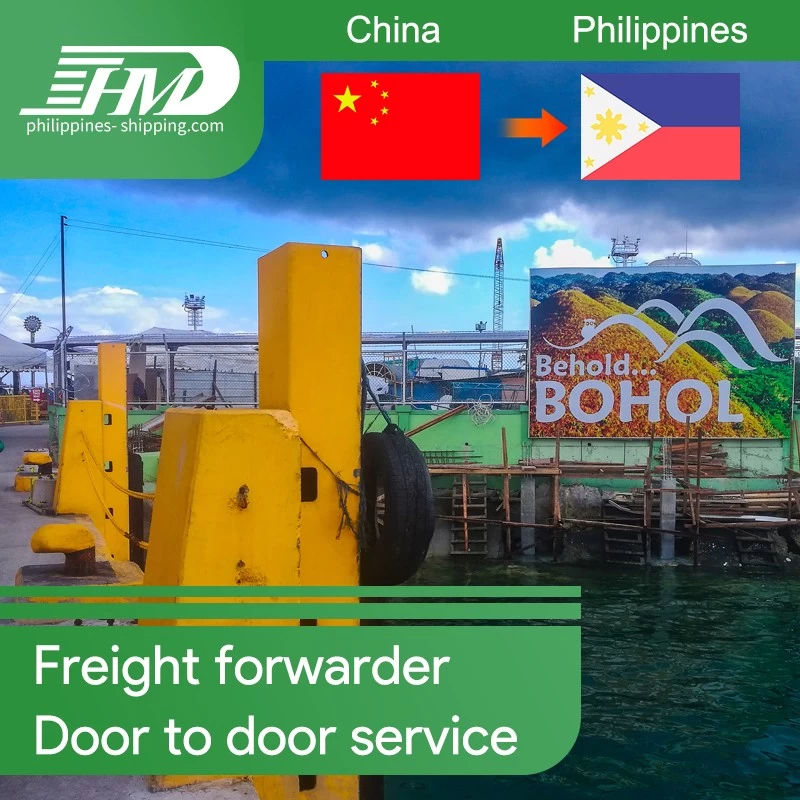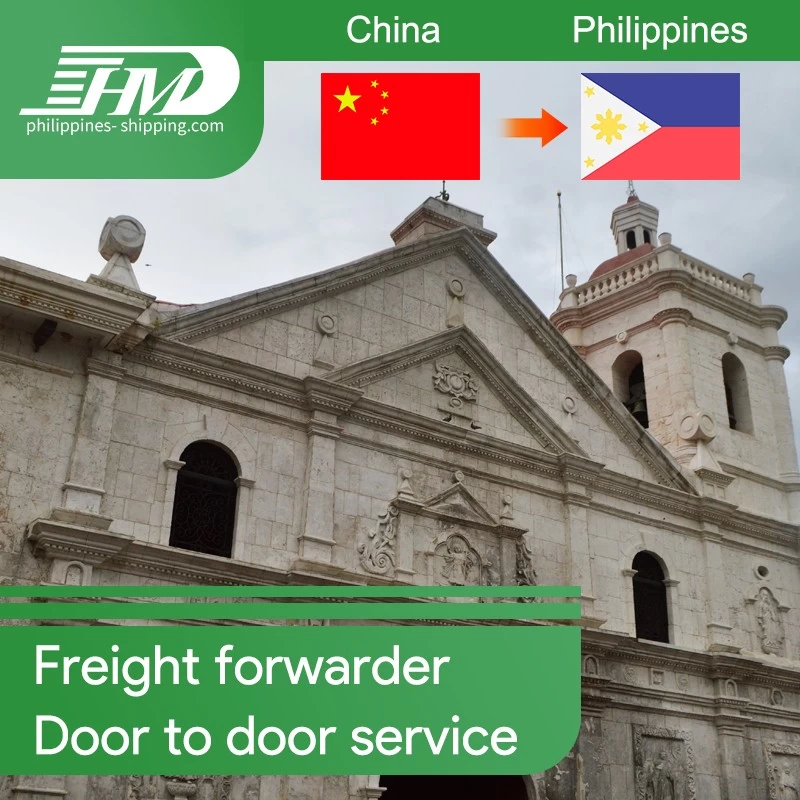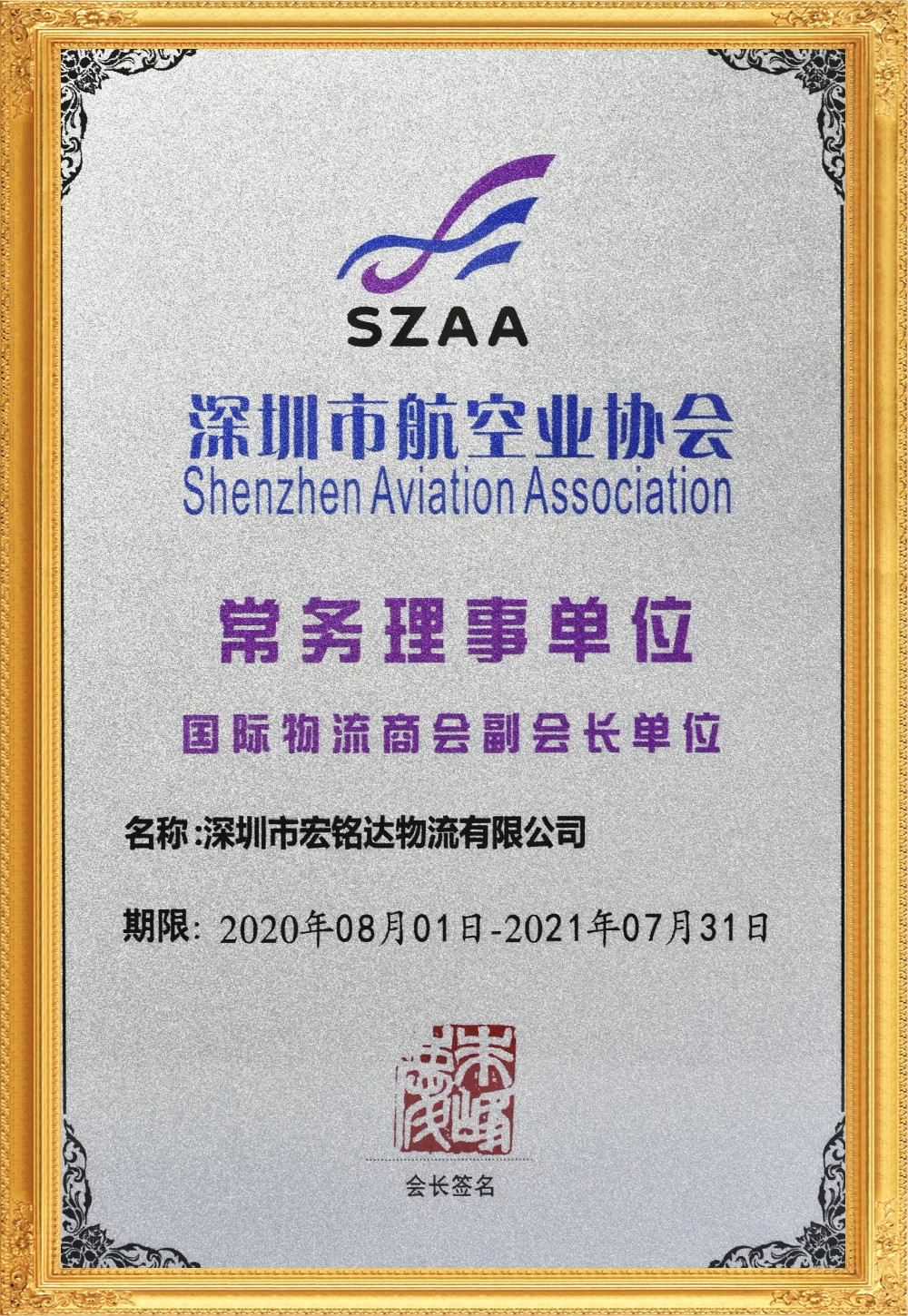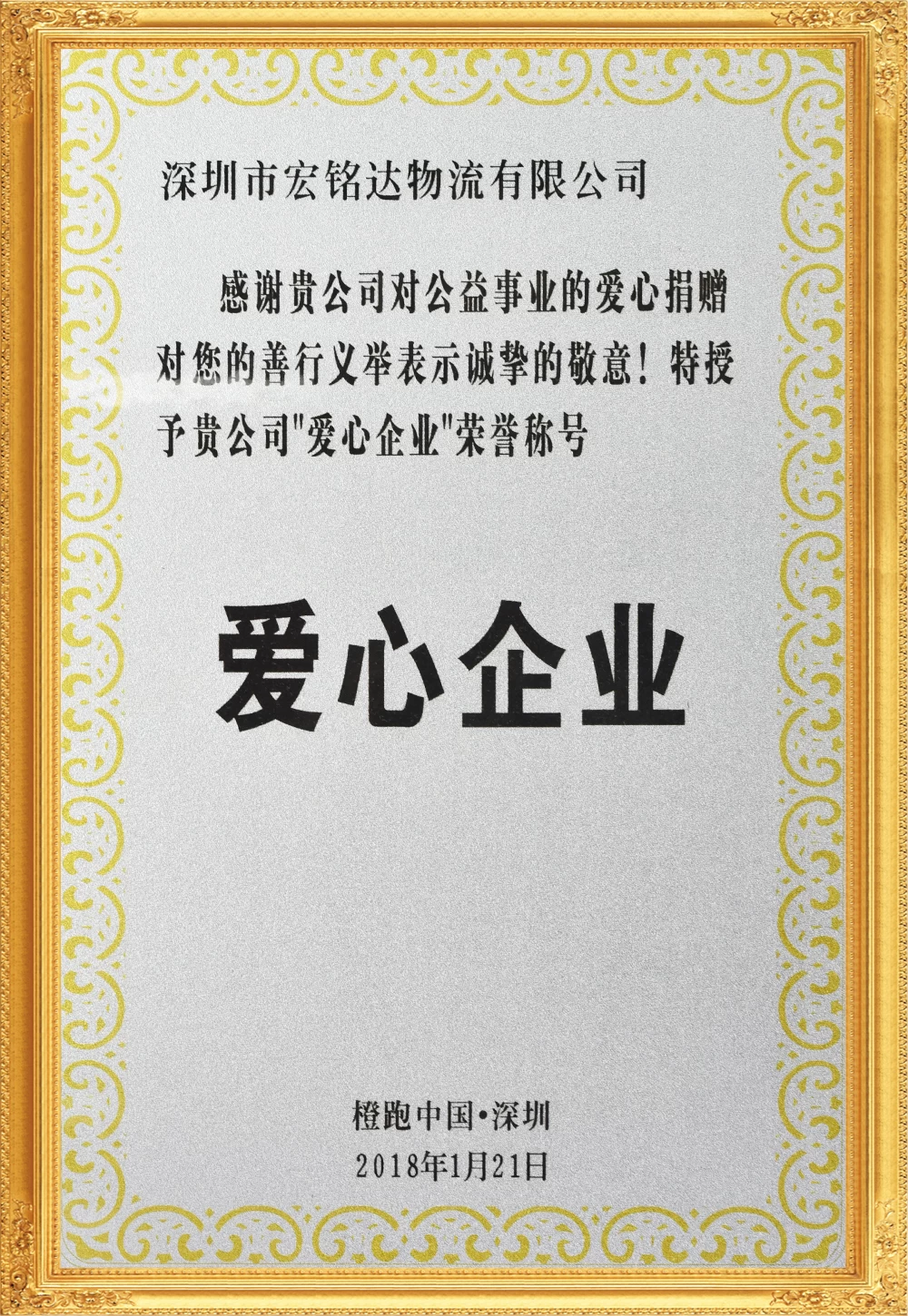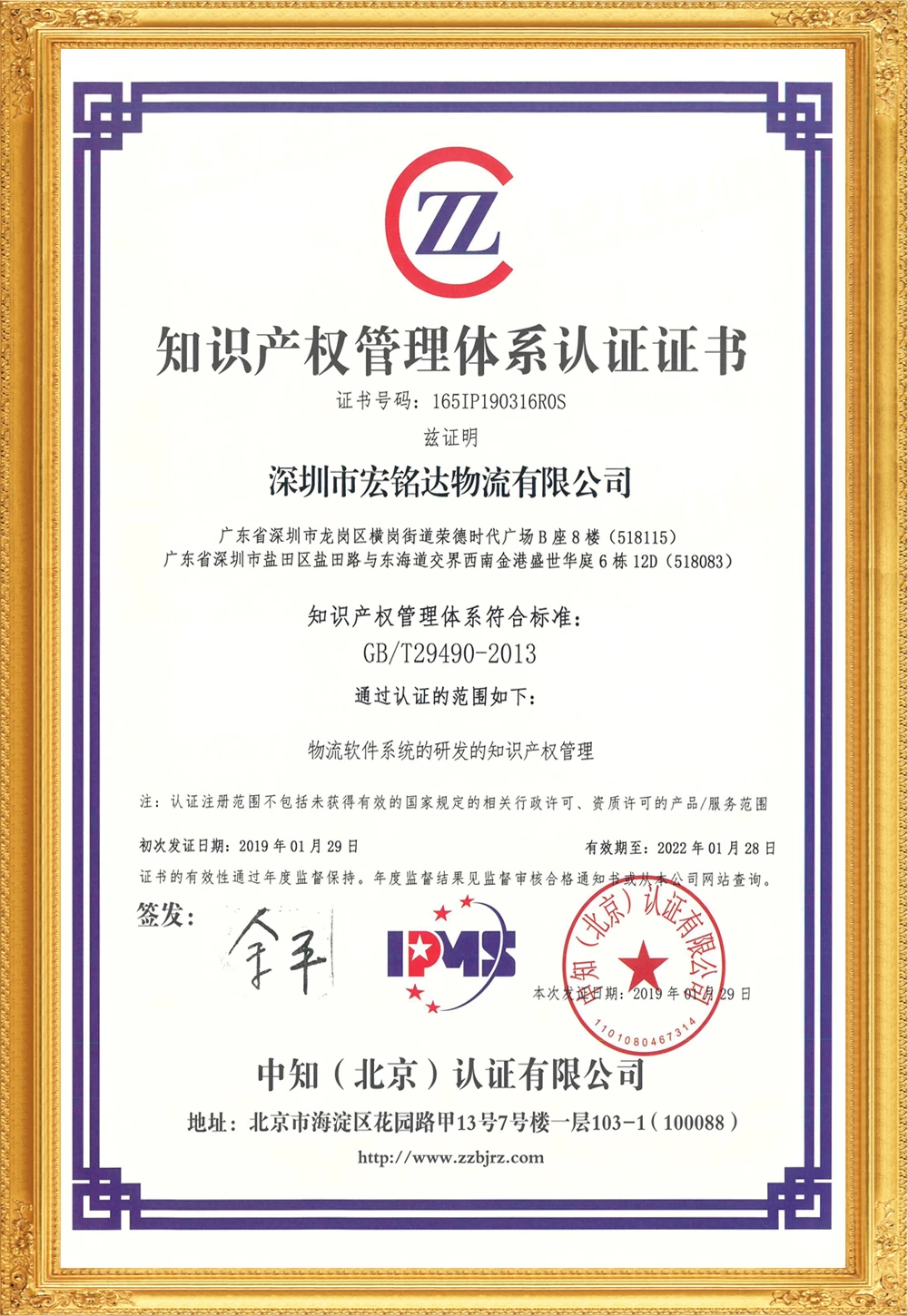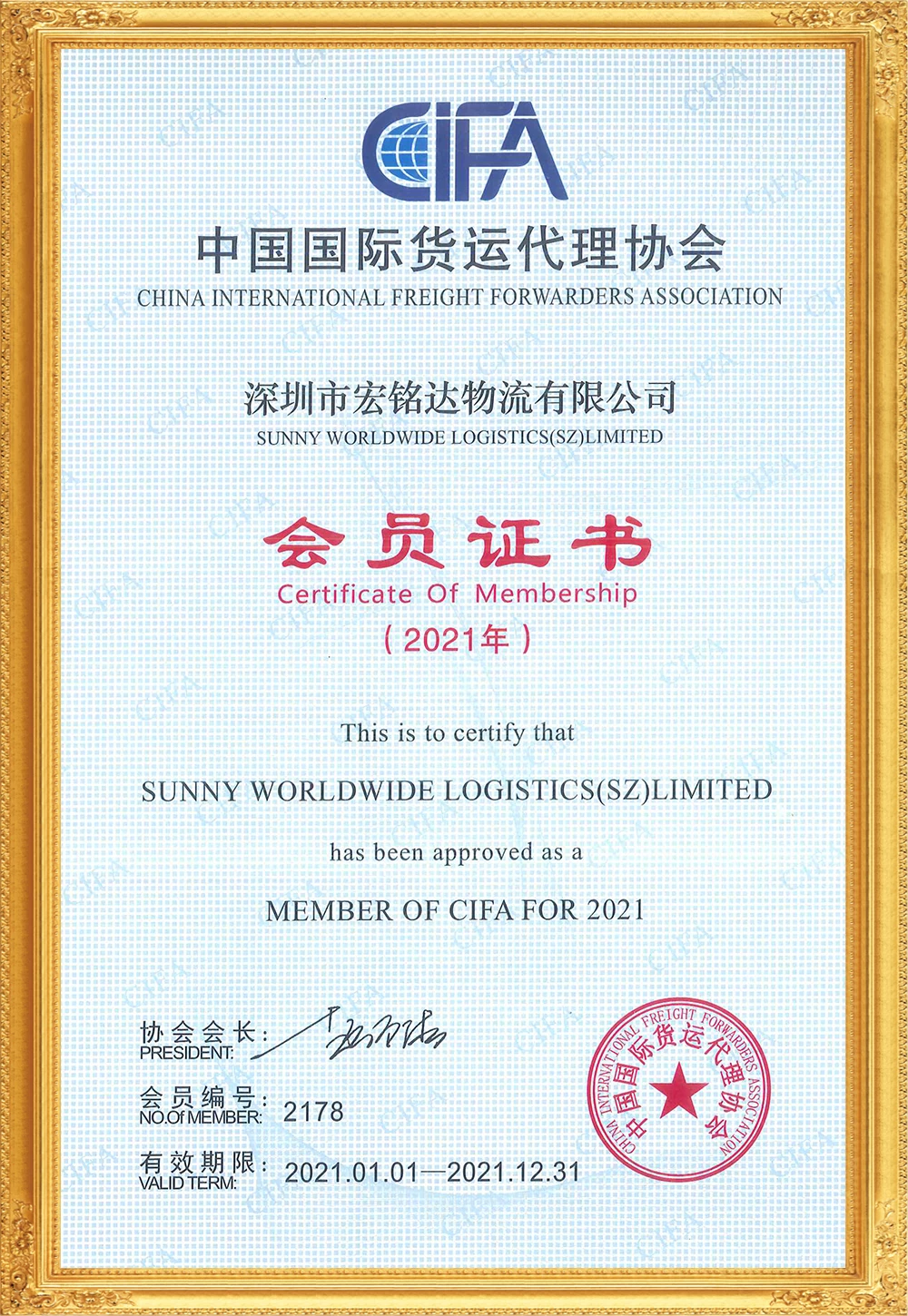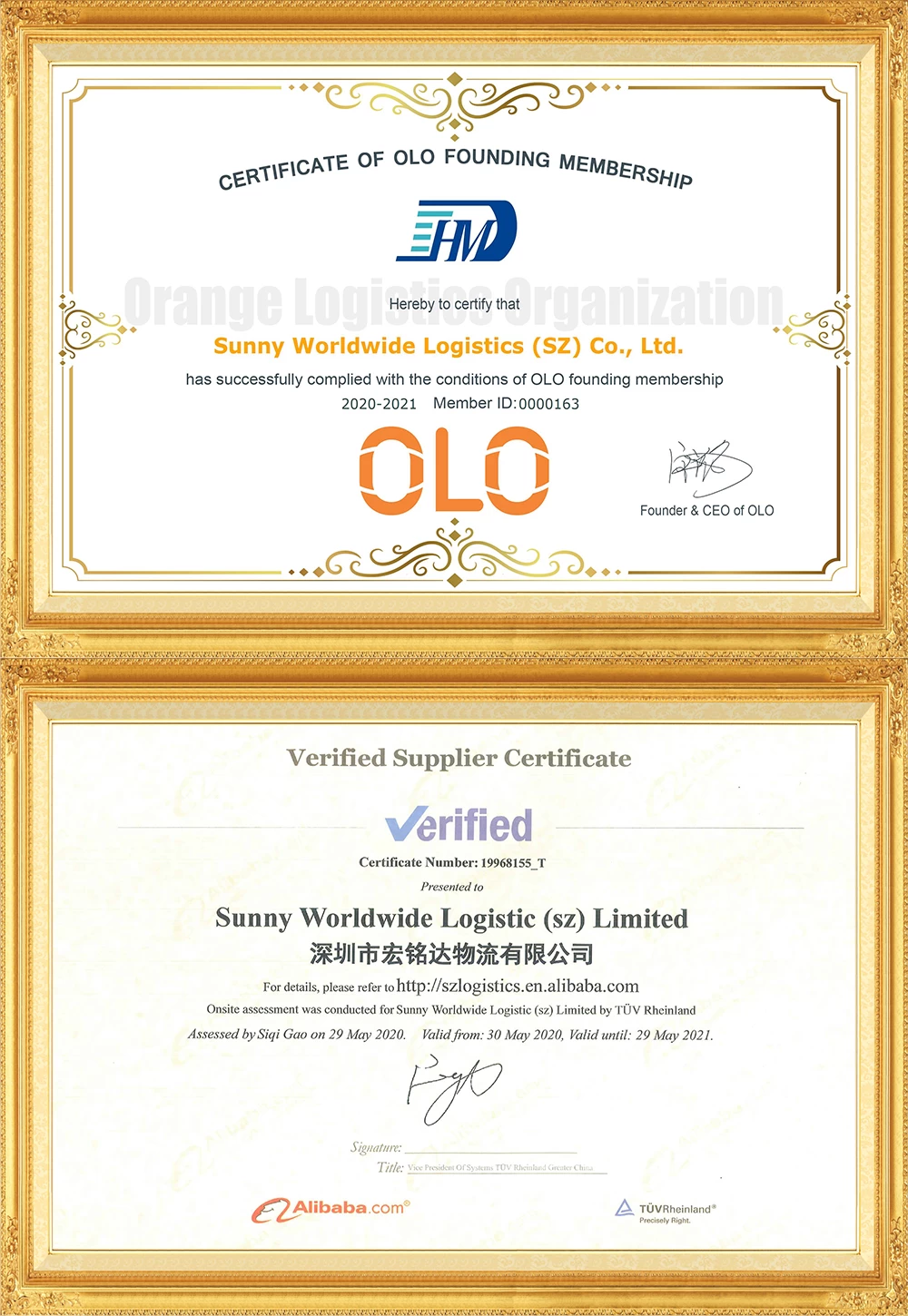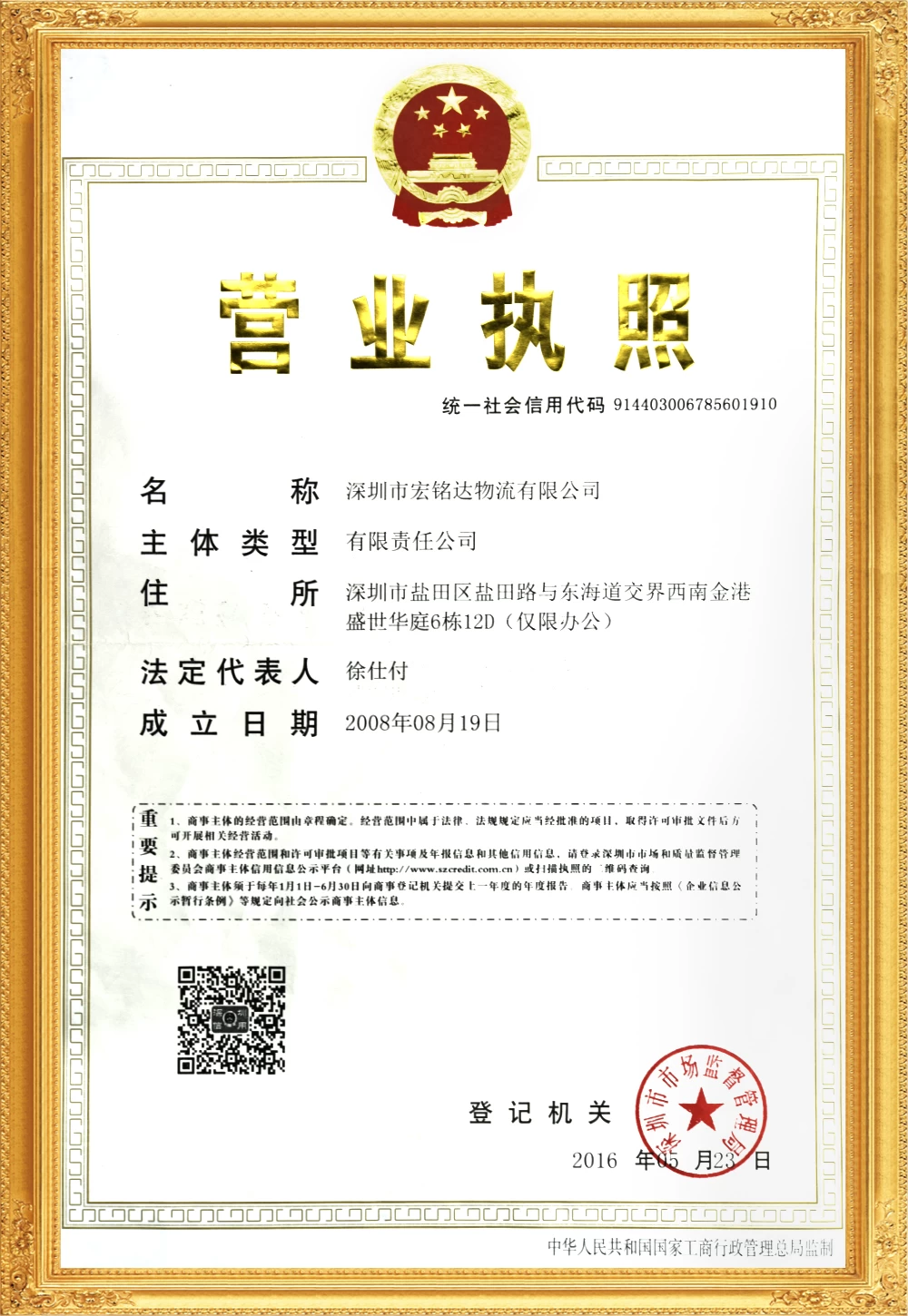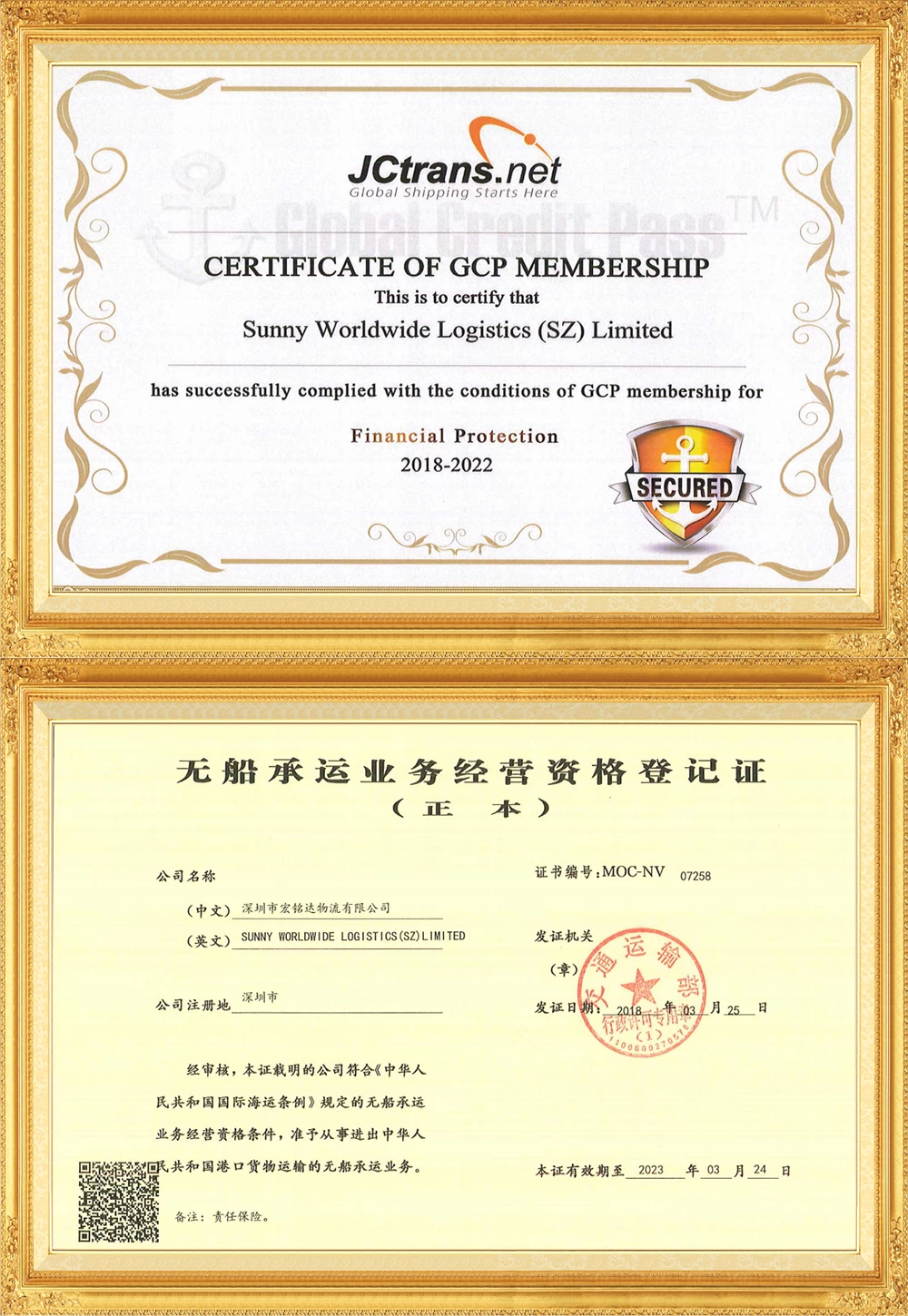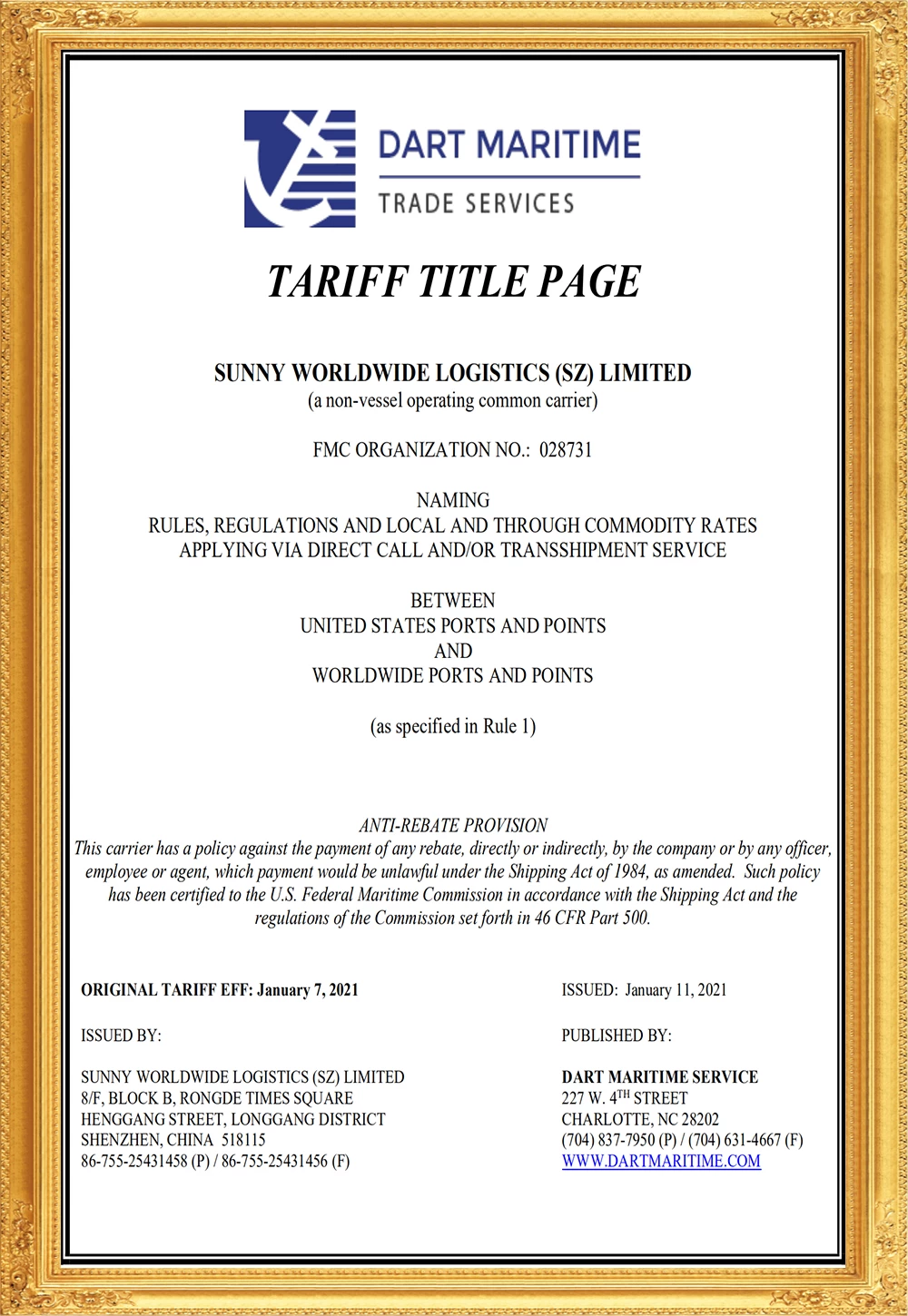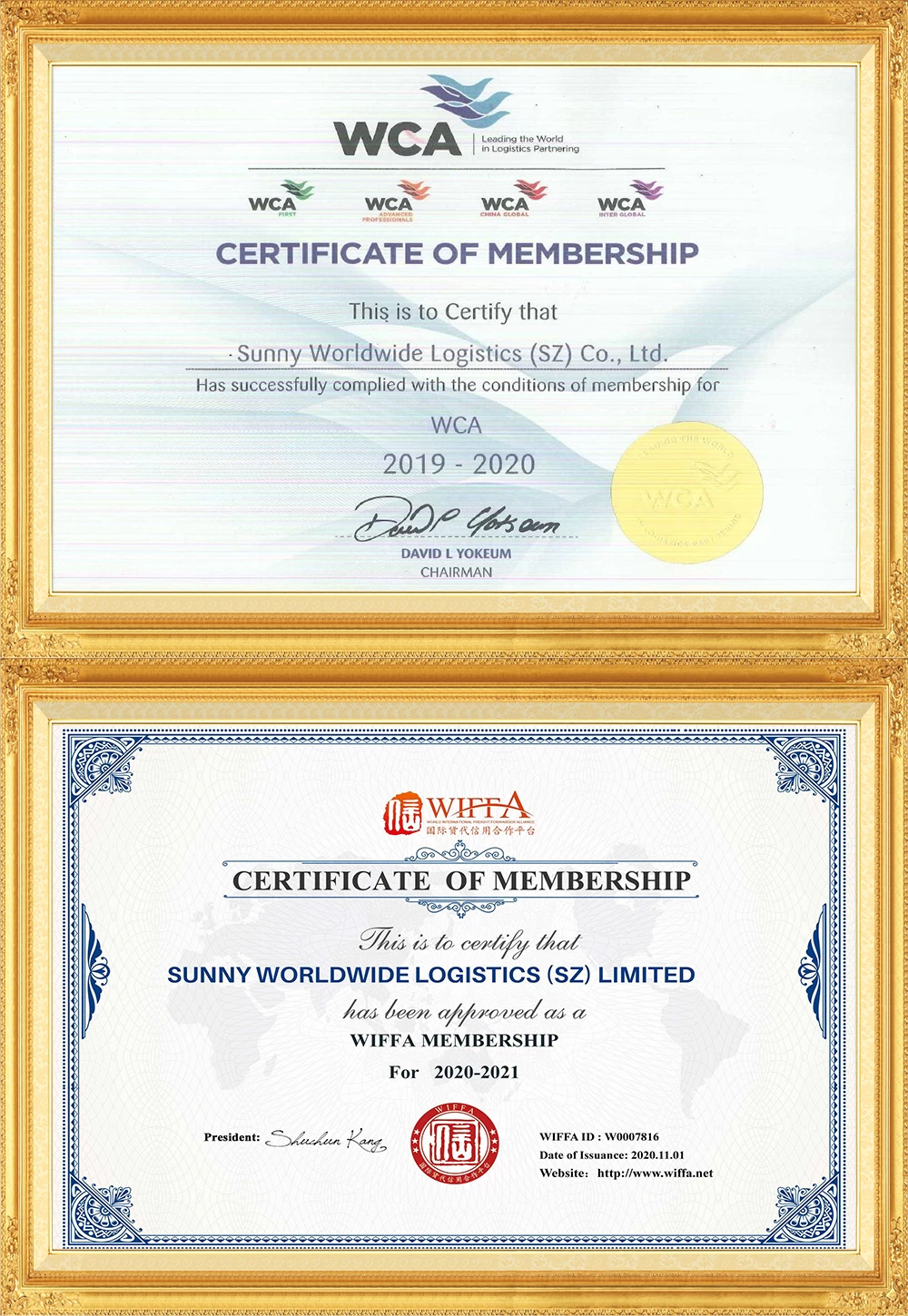Disaster! New transport sniping sea, rail and air? The biggest winner has been born
With the close trade between the various economic blocks in Central Europe and Asia, the railway transportation between the exchanges has also stepped into a new process by taking advantage of the east wind. For example, the China-Europe Railway Express has performed well in the trade cooperation between China and Asian and European countries. It runs 16,000 trains a year. It is the "right hand" of my country's import and export trade. The "fast driver" of my country's international logistics is the "main attacker" of the China-Eurasia trade war.
Economic globalization has promoted the development of multimodal transport. Single sea and air transport are not dominant in the logistics market today, and railway transport hubs run through Asia, Europe and Africa. The wide layout and multi-threading are the basis for railway transportation to become intermodal sea and air transportation, and the gradually expanding railway transportation market is the capital for it to "eat" the sea and air transportation markets.
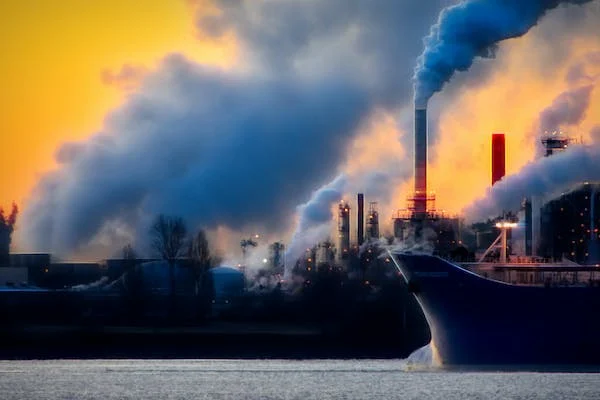
Don't use the potential dragon or wait for time
my country's current multimodal transport volume accounts for only 2.9% of the national freight volume, and the sea-rail combined transport volume is only 2.5%. There is still a gap in the development level of multimodal transport between my country and other major logistics countries. For example, the sea-rail combined transport volume in the United States is 40%, and the sea-rail combined transport volume in France is 35%. It is expected that in the past three years, my country's multimodal transport will have a significant improvement. The reason is that in the case of rising logistics costs, multimodal transport, which is known for its cost and efficiency advantages, will take advantage of the right time and place in this logistics competition..The multimodal transport market will absorb more and more corporate resources from the traditional single logistics market. In terms of industrial structure, it will form a basic plate based on bulk cargo and long-distance transport railways and waterways. However, there are still many problems in multimodal transport. Whether it is necessary for freight forwarders to wait for the opportunity, or to take the initiative when the time is right, depends on whether the following problems can be properly handled.

"Big" data isn't that big
Multimodal transport, intermodal transport is not only the mode of transportation, but also includes warehousing, loading and unloading, information replacement and other links before and after transportation. In addition to the support of strong various transportation capabilities, complete information circulation technology support is also required. However, the current organic combination of logistics and big data is not yet mature. Different transportation systems, logistics parks, freight points and ports in my country have their own characteristics. With a complete information closed-loop system, it is very difficult to make unified scheduling of each system. This problem first made it difficult for freight forwarders, enterprises, and customs to connect, and the cost of information replacement increased sharply. Secondly, when information is not shared, logistics nodes such as sea freight and railway freight are separated, and an effective transportation chain cannot be formed when combined transport is not shared. It is even more difficult to visualize and track goods.
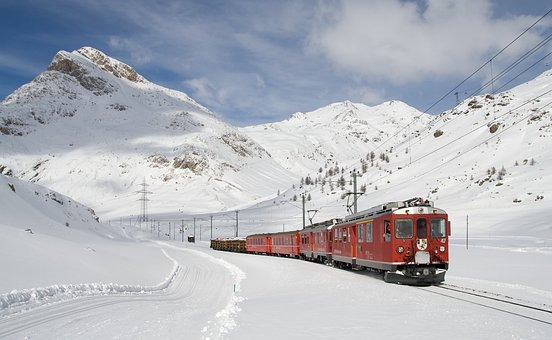
If the infrastructure is not built, everything is in vain
The multimodal transport hub is based on various ports (sea transport), cargo yards (rail transport), distribution centers (roads), and airports (air transport). However, at the beginning of construction, the layout of each freight hub was aimed at the most convenient mode of transportation, so the differences in planning and construction made it difficult to achieve seamless integration of sea transportation, railway transportation, and road transportation. In the process of intermodal transport, the goods have to be frequently transshipped at ports, freight yards, etc., which counterproductively reduces the transport efficiency.
Although there are many obstacles, the China-Europe Railway Express is developing multiple rail-sea combined transport routes, connecting Laos and Thailand in the south, expanding land and sea passages in the west, going north to Budapest, and extending to Japan and South Korea ports in the east. China's rail transport and sea transport have joined forces to open up trade in Central Asia and even the Central European market. Under the environment of a strengthened production network in Asia, the multimodal transport of China-Europe trains will face more challenges and opportunities.



